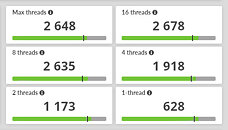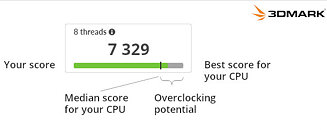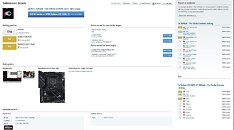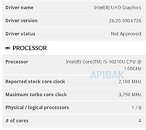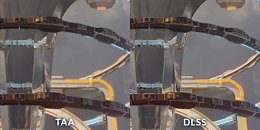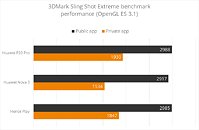
UL Solutions Adds Support for DLSS 4 and DLSS Multi Frame Generation to the 3DMark NVIDIA DLSS Feature Test
We're excited to announce that in today's update to 3DMark, we're adding support for DLSS 4 and DLSS Multi Frame generation to the NVIDIA DLSS feature test. The NVIDIA DLSS feature test and this update were developed in partnership with NVIDIA. The 3DMark NVIDIA DLSS feature test lets you compare performance and image quality brought by enabling DLSS processing. If you have a new GeForce RTX 50 Series GPU, you'll also be able to compare performance with and without the full capabilities of DLSS 4.
You can choose to run the NVIDIA DLSS feature test using DLSS 4, DLSS 3 or DLSS 2. DLSS 4 includes the new DLSS Multi Frame Generation feature, and you can choose between several image quality modes—Quality, Balanced, Performance, Ultra Performance and DLAA. These modes are designed for different resolutions, from Full HD up to 8K. DLSS Multi Frame Generation uses AI to boost frame rates with up to three additional frames generated per traditionally rendered frame. In the 3DMark NVIDIA DLSS feature test, you are able to choose between 2x, 3x and 4x Frame Generation settings if you have an NVIDIA GeForce RTX 50 series GPU.
You can choose to run the NVIDIA DLSS feature test using DLSS 4, DLSS 3 or DLSS 2. DLSS 4 includes the new DLSS Multi Frame Generation feature, and you can choose between several image quality modes—Quality, Balanced, Performance, Ultra Performance and DLAA. These modes are designed for different resolutions, from Full HD up to 8K. DLSS Multi Frame Generation uses AI to boost frame rates with up to three additional frames generated per traditionally rendered frame. In the 3DMark NVIDIA DLSS feature test, you are able to choose between 2x, 3x and 4x Frame Generation settings if you have an NVIDIA GeForce RTX 50 series GPU.





























